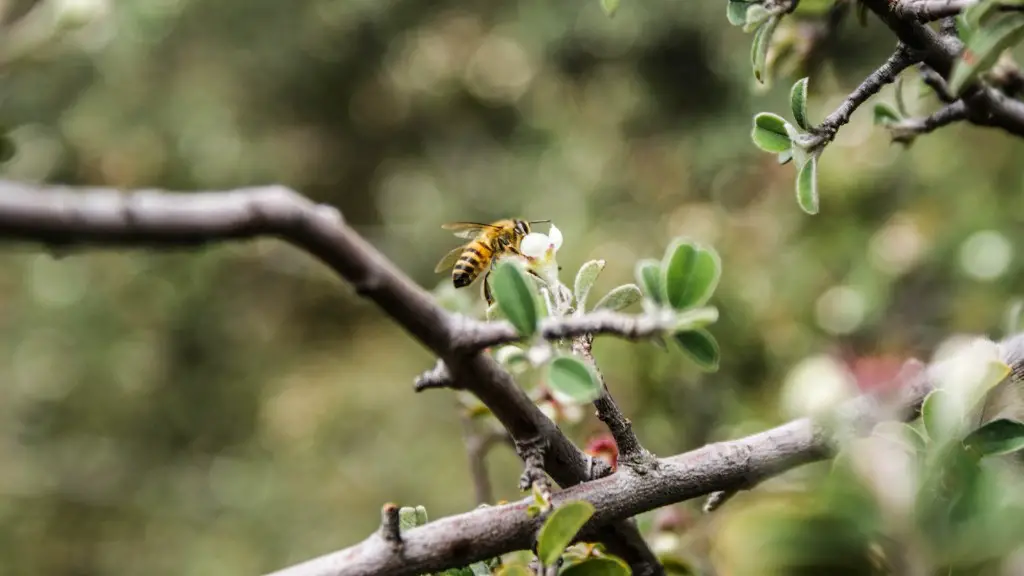A little under a decade ago, the possibility of growing an avocado tree from a pit seemed impossible. But a sharp rise in renewed interest in urban (and home) gardening has made the cultivation of avocados from an avocado pit quite popular. There is nothing quite like being able to yank off a ripe, ready to eat avocado from your very own tree. Growing your own avocados may be more than just a passing trend. But does this process actually work? Can you really grow an avocado tree from a pit?
The answer is yes. Avocado trees can be grown from the stone, although success is by no means guaranteed. The idea is not unique, as it has been practiced since ancient times in Central and South America, where avocados originate. In some tropical and semi-tropical areas, avocado trees grown from seed are commercially grown.
If done right, you may be able to grow a little avocado tree in your garden or instead opt for a pot-grown variety. All this is possible with a few supplies, your avocado pit, and a little bit of patience.
The best way to grow an avocado tree from a pit is to make sure it gets a lot of light and a moderate amount of water. Place the pit in a jar of water, suspended by three toothpicks so that the pit is halfway submerged in the water. Place the jar in bright, indirect sunlight, and change the water every couple of days. It may take anywhere from two to six weeks for a root and a stem to appear. Once the roots and stem reach a few inches, transfer the pit to a pot with well-draining soil, like potting soil. Keep the soil moist but not soggy. Once the tree is a few inches tall, it can be transferred to a bigger pot or can be planted outdoors.
Fertilizing
Fertilizing can help ensure that your avocado tree has the required nutrients it needs for healthy growth. A balanced fertilizer like 10-10-10 can be used. Avoid over-fertilizing, as it can damage the plant. A slow-release fertilizer is ideal for avocado trees, and it can be mixed with soil at the time of the transplant or can be added to the soil every one to two months.
Watering Frequency
A good way to figure out how often you need to water your avocado tree is to examine the topsoil. Check to see if the top inch of the soil is dry. If it is, it is time to water your tree. If the soil is still moist, don’t water the tree yet. Avocado trees prefer regular watering but not too much. These trees are drought tolerant, but keeping the soil damp to somewhat dry is important. Depending on how much light and heat the tree gets, it may need to be watered every day or every few days.
When to Expect Fruits
Avocado trees grown from a pit will usually take about five years to start producing fruit, though some trees may fruit as early as two years of age. Depending on the variety, the avocados will be ready for harvesting at different times during the year.
Pruning
A properly pruned avocado tree can produce fruits that are easier to pick. Pruning should be done in the fall after harvesting has finished and when the tree is actively growing. Pruning can help keep the height of the tree down to a reasonable level and reduce the stress on the branches. Pruning should be done with sharp scissors or with pruning shears. Never prune more than one-third of the tree’s canopy.
Best Avocado Varieties to Grow
The most popular variety of avocado grown from a pit is the Hass. These trees produce dark, pebbly skin and creamy, nutty-flavored flesh. Other varieties that can also be grown from seed include Fuerte, Bacon, and Zutano. All of these varieties have their own merits and can often be found at local nurseries.
Common Problems and Solutions for Avocado Seedlings
One common issue with avocado seedlings is that the stem can become weak and can often break if not supported. This can be easily fixed by gently wrapping a thin wirearound the stem and securing it to a stake or trellis. Another common issue is that the seedling can become weak and seem to stop growing. This can be caused by lack of water or too much fertilizer. In both cases, simply ceasing the action that is causing the problem should fix the issue.
Protecting the Plant
Avocado trees are relatively low maintenance but need to be protected from too much heat and wind. If planted outdoors, they should be placed in an area with shelter from the wind and morningsun. If indoors, they should be placed in an area with plenty of indirect light. Too much sun can burn young trees, so it’s important to be sure the tree does not get too much direct light.
Harvesting and Storage
When harvesting avocados, be careful not to damage the branches of the tree. Trees can be quickly thinned by removing some of the fruits as they appear. Avocados should be harvested once they have turned dark green. When harvested, they should be stored in a cool location until they have ripened. Once ripe, they should be refrigerated or consumed within a couple of days.
Insects, Disease and Pests
Avocado trees are generally not affected by insects or pests. Occasionally, they can suffer from scale insects, which can be treated with an insecticidal soap. They are also not affected by many diseases. However, they can sometimes be affected by Phytophthora root ,rot, which is caused by overwatering of the soil. To avoid this, make sure the soil is well-draining and not too wet.
Advantages of Growing an Avocado Tree From a Pit
Growing an avocado tree from a pit can be incredibly rewarding. It is incredibly cost-effective and can produce a steady supply of avocados over many years. It is also a great way of teaching children the importance of plants and gardening. Plus, it’s a great source of pride and a beautiful addition to any home or garden.
Potential Disadvantages
Although growing an avocado tree from a pit is relatively easy, it takes patience and can be incredibly slow. It can take several years before you can expect a full-grown avocado tree and even longer before it produces fruit. It also requires a bit of knowledge about the plant if you want successful results.
Conclusion
Growing an avocado tree from a pit can be a rewarding experience. It requires patience but is relatively easy to do with the right knowledge. It can take several years before the tree produces fruit, but for some, the reward is worth the wait.



